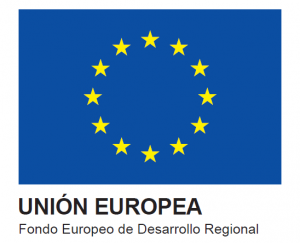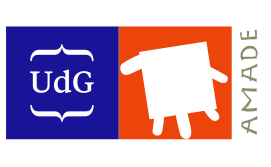DESCRIPTION
The focus of this project is the development of MultiMaterial Structures (MMS) inspired in natural architectures and geometries through Additive Manufacturing (AM) technology to improve and tailor the performance of a wide range of parts in the health and wellbeing sectors. Additive manufacturing of multimaterials will be used to replicate, at a larger scale, structures already existing in nature, and using these upsized structures in biomedical products will improve their mechanical, sustainability and customized properties. The Fused Deposition Modelling (FDM) technology will be the main manufacturing method since it will allow to recreate these bioinspired structures by combining polymers, blends, or fiber reinforced composite, including short and continuous reinforced fiber.
Considering the strong complexity of the bioinspired architectures, first, basic multimaterial structures (BMMS) will be studied to determine the best manufacturing strategy to obtain an optimized architecture distribution that maximizes their performance. Next, this knowledge will be used to plan, develop and test combined multimaterial structures (CMMS) that will be used for creating prototypes for the health industry, like sport protections, insoles, helmets, spinal fusion cages or maxillofacial implants.
The general methodology of the project is based on the five fundamental stages for product development: design, simulation, manufacturing, characterization, and validation. The main novelty is that all of them are fully addressed with continuous feedback from each other, when normally, these stages are addressed either isolated or in pairs in the literature, and the results are rarely transferred through real case studies.
This methodology is structured in four scientific WPs: design, manufacturing, characterization, and validation. WP 1 is aimed to select the multimaterial combinations that mimic the behavior of the bioinspired structures (BMMS and CMMS), and to manufacture these structures ensuring the required strength in the interlayer bond of the dissimilar materials. It includes commodities, high-performance and reinforced polymers (lighter than metals), that will be processed in FDM machines like Ultimaker S3, 3NRT, Markforged and Anisoprint. WP2 is focused on design, and simulation of these MMS. Optimization methods will be used to obtain the best possible geometries for certain applications while considering the printing constraints from WP1. The aim of WP3 is the characterization of the mechanical properties and the interfacial bonding of the manufactured specimens to facilitate the modelling and optimization of BMMS and CMMS. And finally, in WP4, the results obtained in the previous WPs is transferred to different case studies to assess the influence of geometry complexity on the implementation of bioinspired MMS to a real product. Depending on the case study, like insoles or maxillofacial implant, the project also will explore the possibility to extend the manufacturing process chain to get the final shape with other processes to reduce the waste and the printing time, like Incremental Sheet Forming (ISF) or Thermoforming.




